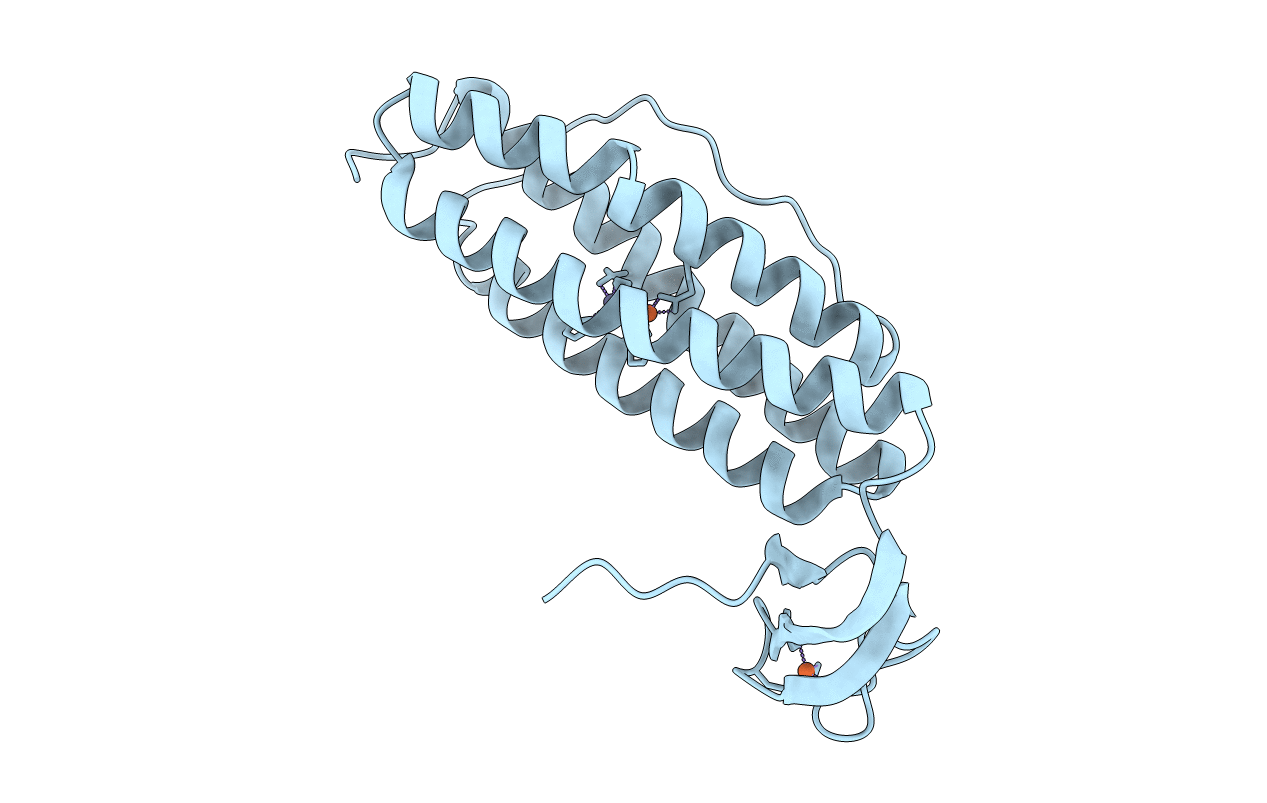
Deposition Date
2000-01-20
Release Date
2000-11-17
Last Version Date
2023-08-09
Entry Detail
Biological Source:
Source Organism:
Method Details:
Experimental Method:
Resolution:
1.90 Å
R-Value Free:
0.25
R-Value Work:
0.17
R-Value Observed:
0.17
Space Group:
I 2 2 2


